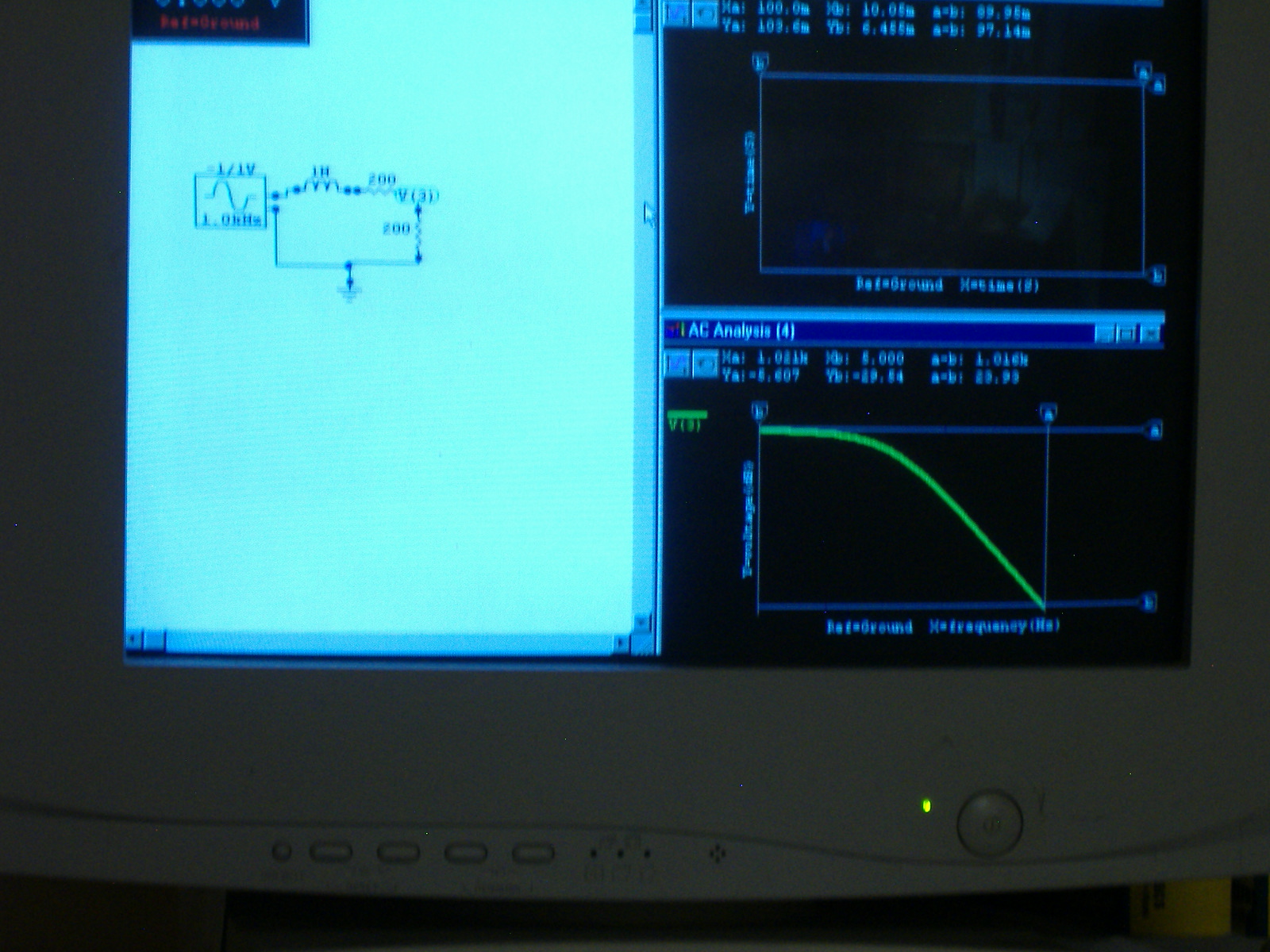| Re: Practical limit to tube based phono preamps [message #96269 is a reply to message #96238] |
Wed, 11 January 2023 17:47   |
 positron
positron
Messages: 151
Registered: May 2020
|
Master |
|
|
A few thoughts for the newbies out there.
1. Tubes produces internal noise from a variety of reasons.
2. The resistors associated with said tube also produce noise.
A. The cathode resistor noise will be amplified by the tube's gain.
B. The grid resistor noise will also be amplified by the tube's gain.
This resistor is generally much larger than the cathode resistor and
will generate more noise.
C. The "stopper" resistor will produce noise that will be amplified by
the tube's gain.
D. The source, itself, will generate noise which is fed into the tube
and will be amplified by the tube's gain.
E. From my understanding, the Vishay naked resistors produce the lowest
noise. After that a good wire wound (non inductive for audio)is
preferred. Both are expensive, but reduce noise.
3. Concerning 120hz AC hum, I prefer at least 4 stages of filtering, 5 is even
better. My preamplifier and phono stage have 6 stages. I never use an
inductor anywhere as it causes non-linearities due to
2 factors. (If I did, it would be only in the early stages of filtering.)
A. One is inductance which is frequency sensitive. It would appear as
a straight diagonal line in the circuit below.
B. The other factor is dc resistance, which is not frequency sensitive.
Attached is a simple circuit. The choke/inductor has 200 ohms winding
dc resistance. Notice the curve where dc resistance becomes dominant.
C. Me and another music lover have experimented between choke/inductor and
resistor and the sonic change is quite substantial.
Distortion being defined as the altering of sound in any way.
With speaker crossovers, dc resistance tends to be minimized.
cheers
pos

|
|
|
|







